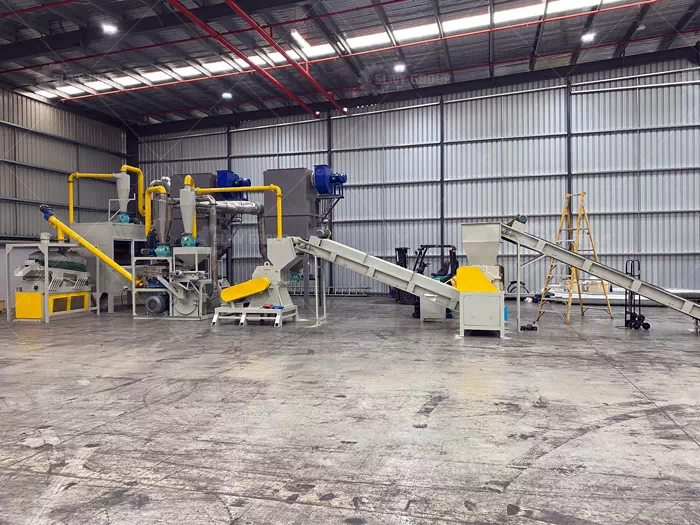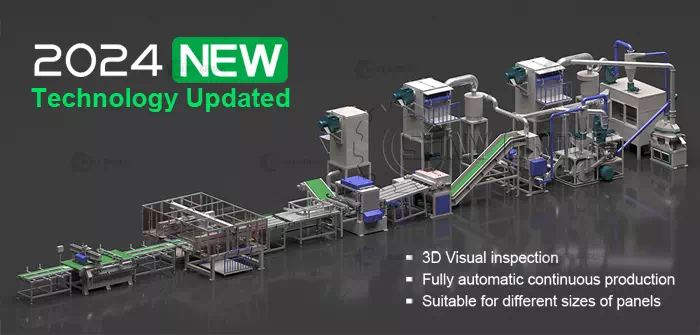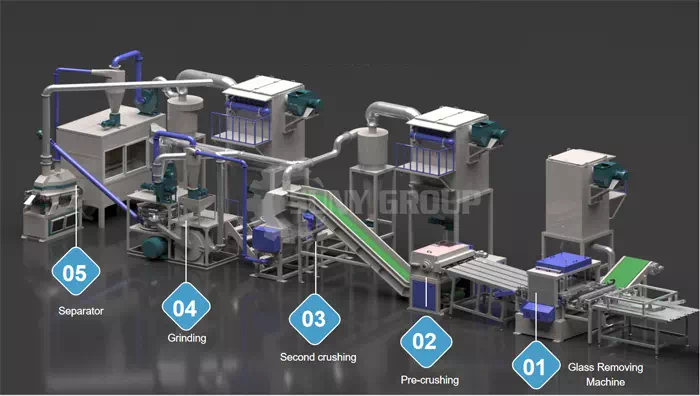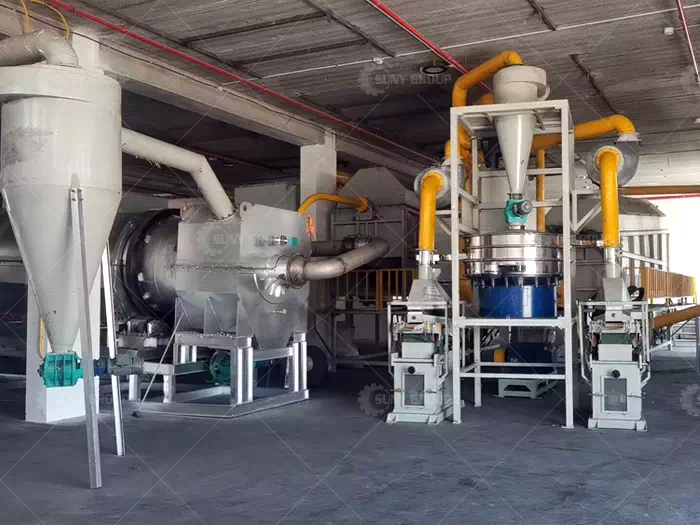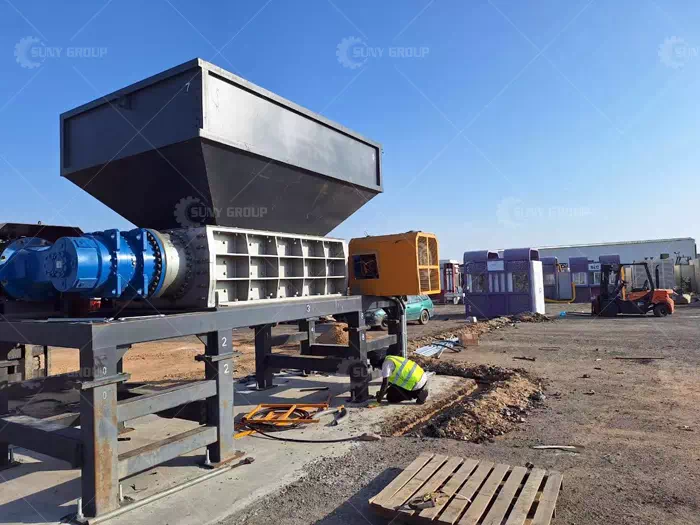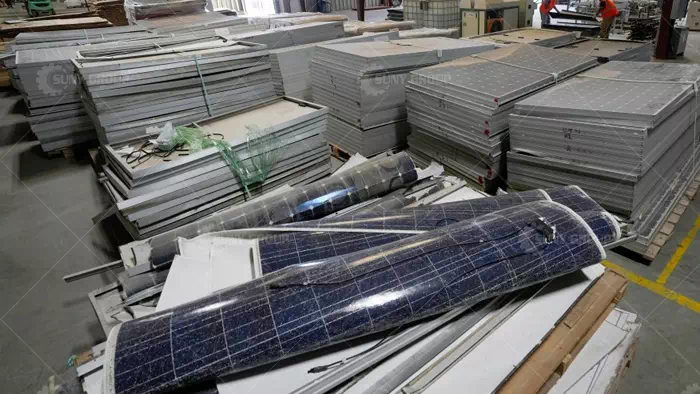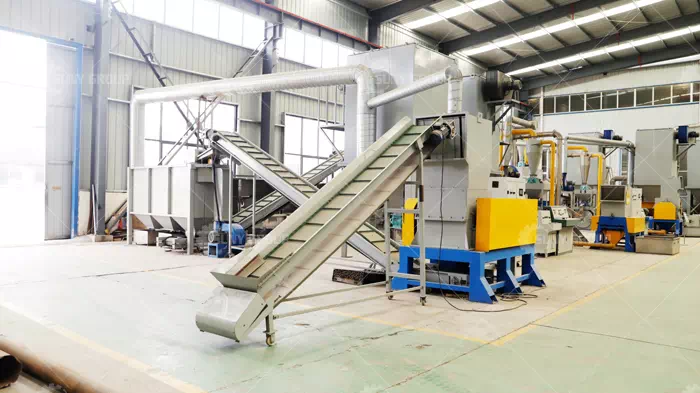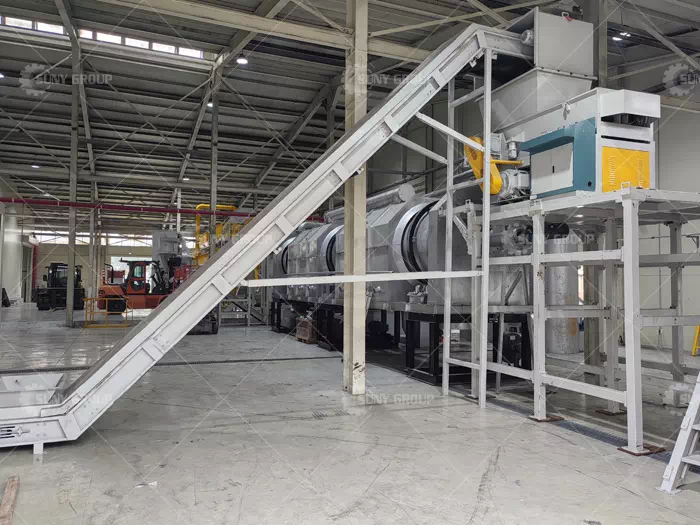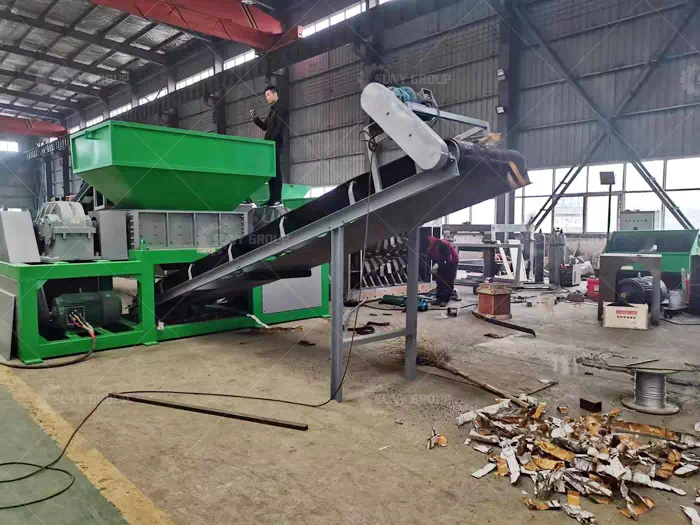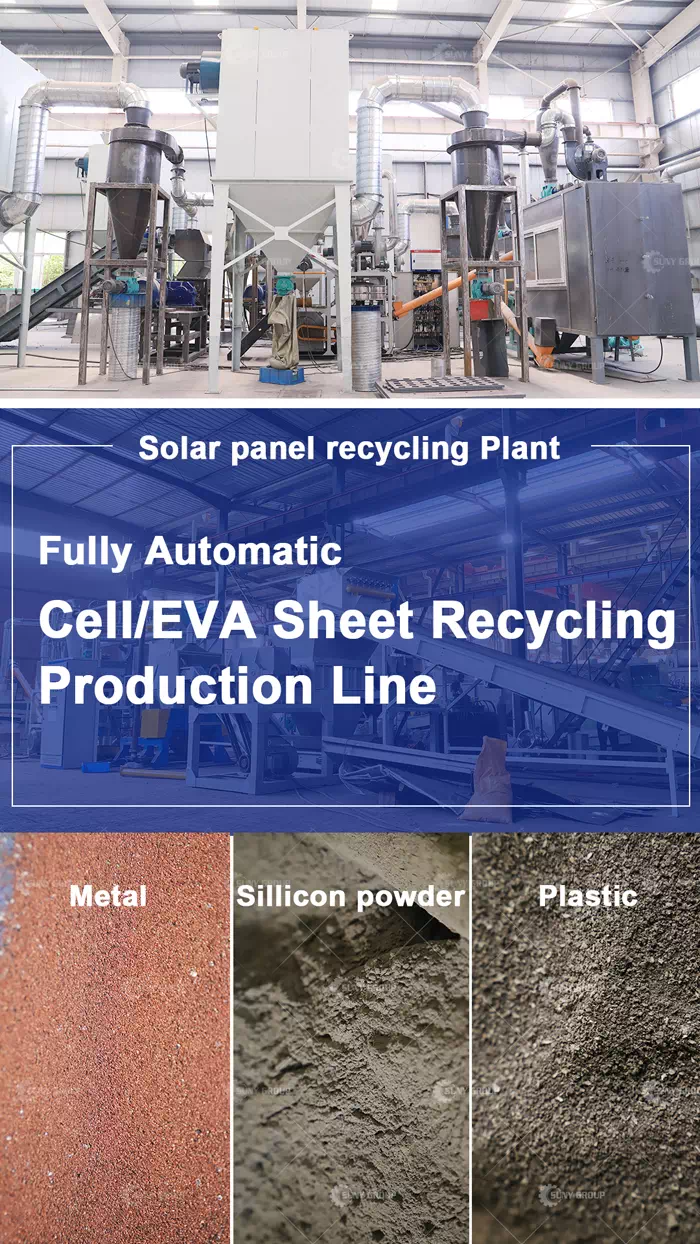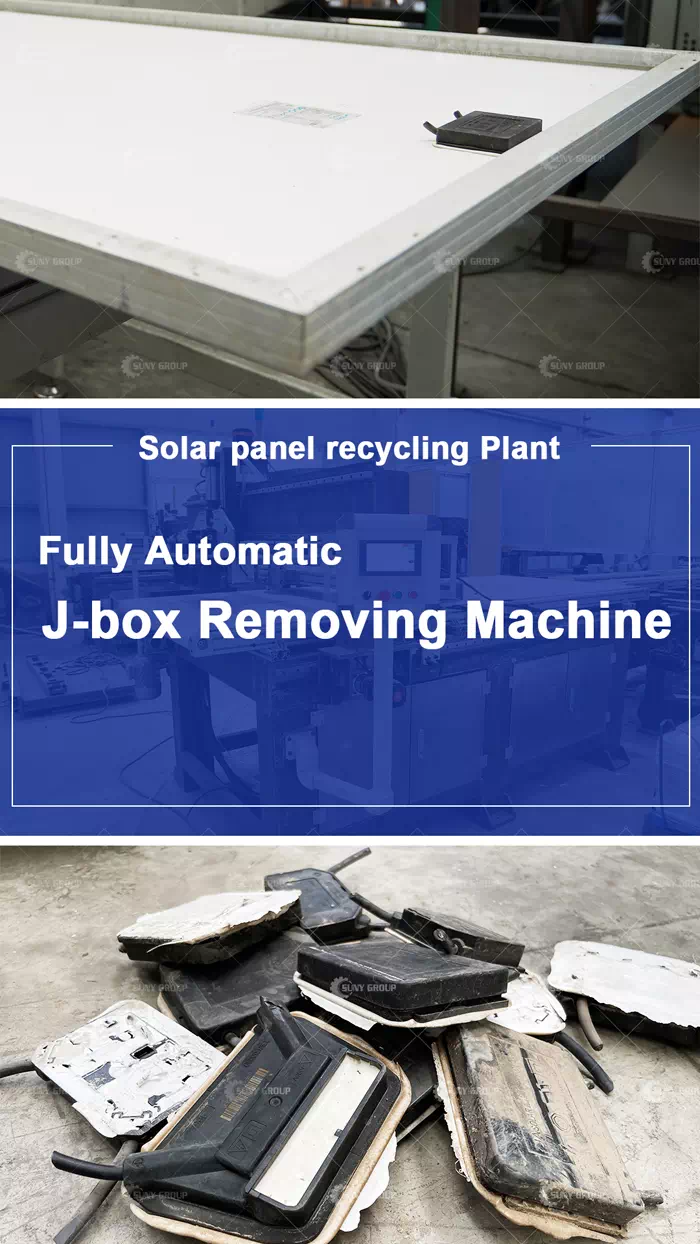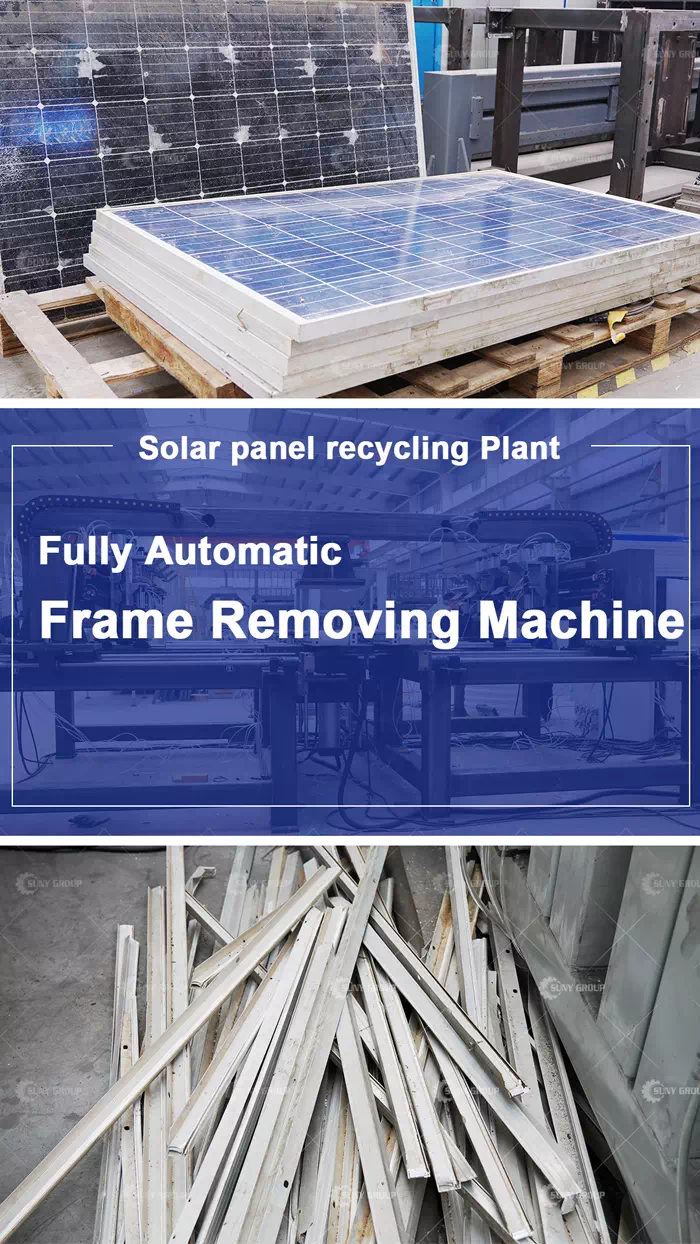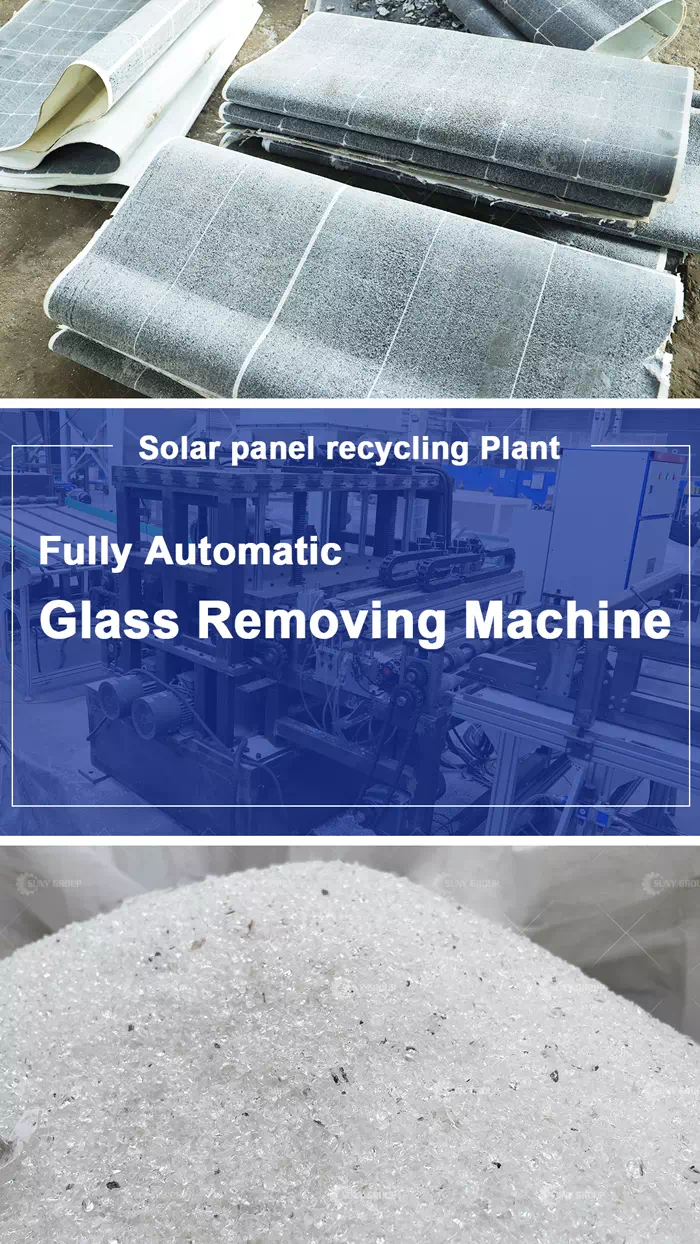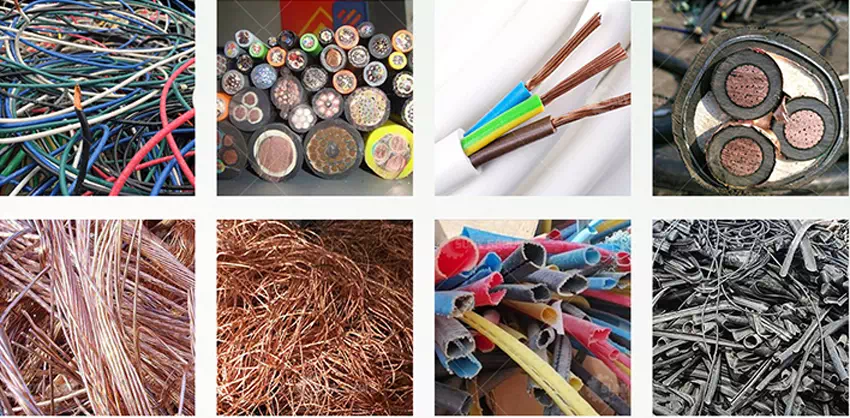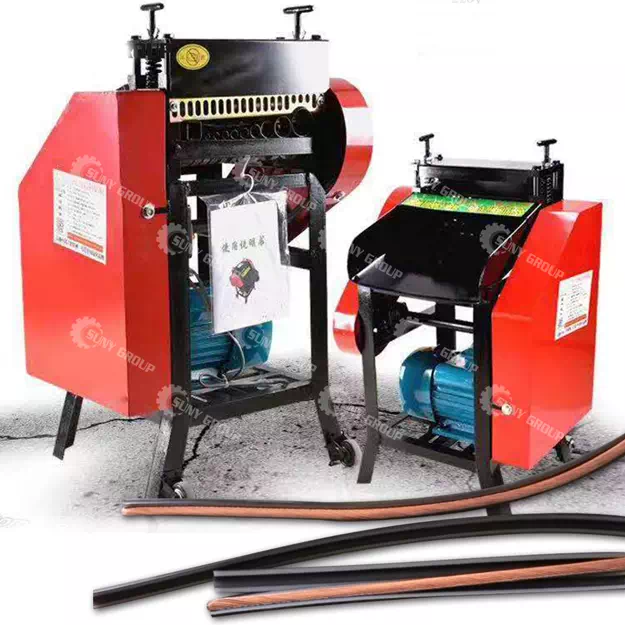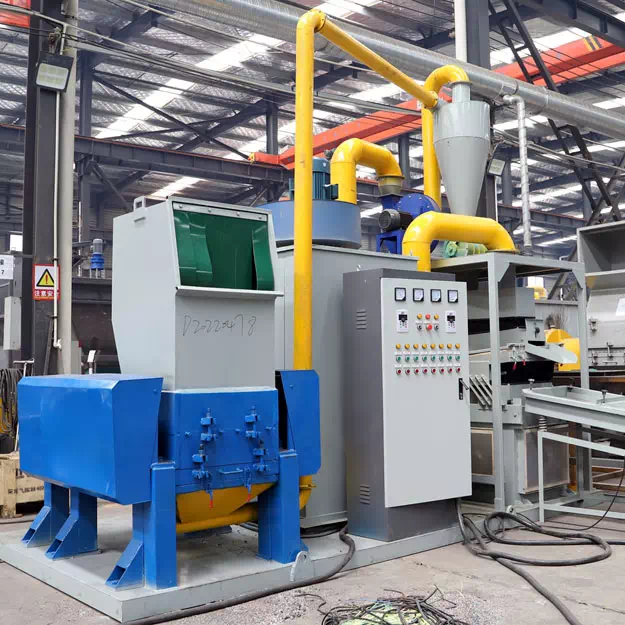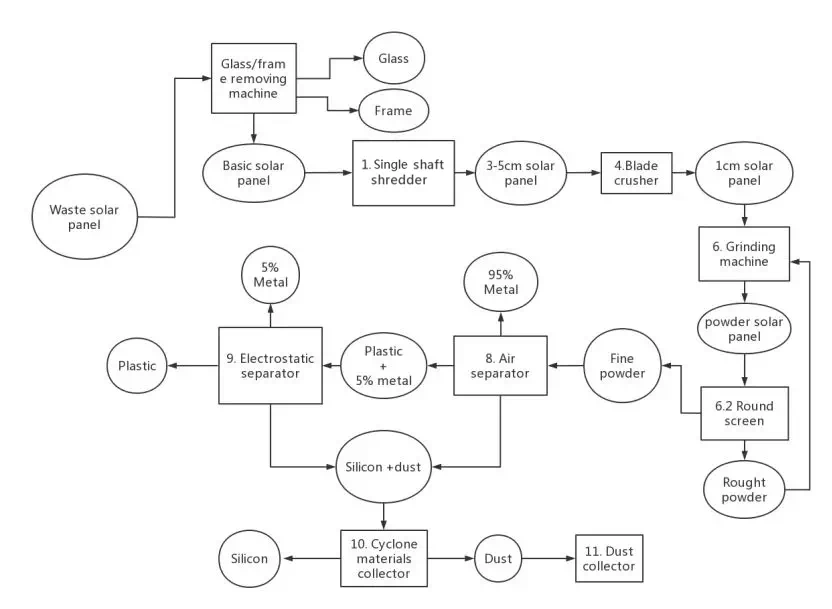Dual-shaft two shaft shear shredders are advanced industrial machines designed for effective shredding and size reduction of various materials. These versatile shredders utilize a dual-shaft system with interlocking rotary cutters to achieve efficient and consistent results. This article aims to explore the technology principles behind dual shaft shear shredders and highlight their significant equipment advantages.
Technology Principles:
Dual Shaft Design: Dual shaft shear shredders feature two parallel shafts equipped with interlocking rotary cutters. These cutters are strategically positioned along the shafts, ensuring effective material shredding from multiple angles.
Counter-Rotating Shafts: The two shafts in a dual shaft shear shredder rotate in opposite directions. This counter-rotating motion enhances the shredding action by creating a scissor-like effect. The interlocking cutters on each shaft work together, continuously shearing and cutting the material fed into the shredder.
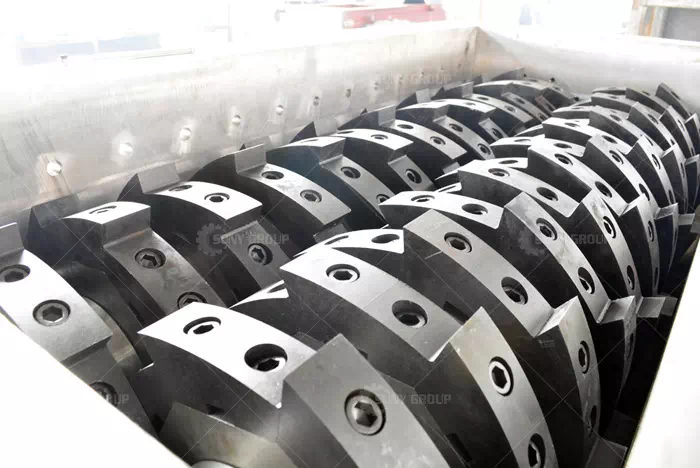
Dual Shaft Two Shaft Shear Shredders
Adjustable Clearance: Dual shaft shear shredders offer adjustable cutter clearance. This feature allows operators to modify the gap between the cutters, enabling customization of the shredding process for different materials and desired output sizes.
High Torque and Slow Speed: Dual shaft shear shredders operate at low speeds with high torque. This design ensures consistent and efficient shredding while minimizing the risk of material jams or damages. The slow speed also reduces noise levels and energy consumption.
Equipment Advantages:
Versatility: Dual shaft shear shredders have the capability to process a wide range of materials, including but not limited to plastics, rubber, wood, paper, textiles, and electronic waste. This versatility makes them suitable for various industries, such as recycling, waste management, manufacturing, and more.
Efficient Shredding: The interlocking rotary cutters of dual shaft shear shredders deliver powerful shredding action, effectively reducing materials into smaller, more manageable sizes. This enables easier handling, transportation, and further processing of the shredded material.
Uniform Output Size: The adjustable cutter clearance in dual shaft shear shredders allows operators to achieve consistent output sizes. This is particularly crucial for applications that require precise size reduction, such as recycling processes where materials need to meet specific size specifications.
High Throughput: Dual shaft shear shredders are capable of handling large volumes of material, resulting in high throughput rates. The robust construction and powerful cutting action enable efficient processing, reducing downtime and increasing productivity.
Durability and Reliability: These shredders are built with heavy-duty materials and components, ensuring durability and long-term reliability. They are designed to withstand the rigors of continuous operation and handle tough materials without compromising performance.
Dual-shaft shear shredders offer a technologically advanced solution for efficient material shredding and size reduction. Their dual-shaft design, counter-rotating motion, adjustable clearance, and other features contribute to their superior performance. With their versatility, efficiency, uniform output size, high throughput, and durability, dual-shaft shear shredders have become indispensable equipment in various industries, playing a crucial role in waste management and recycling processes.




